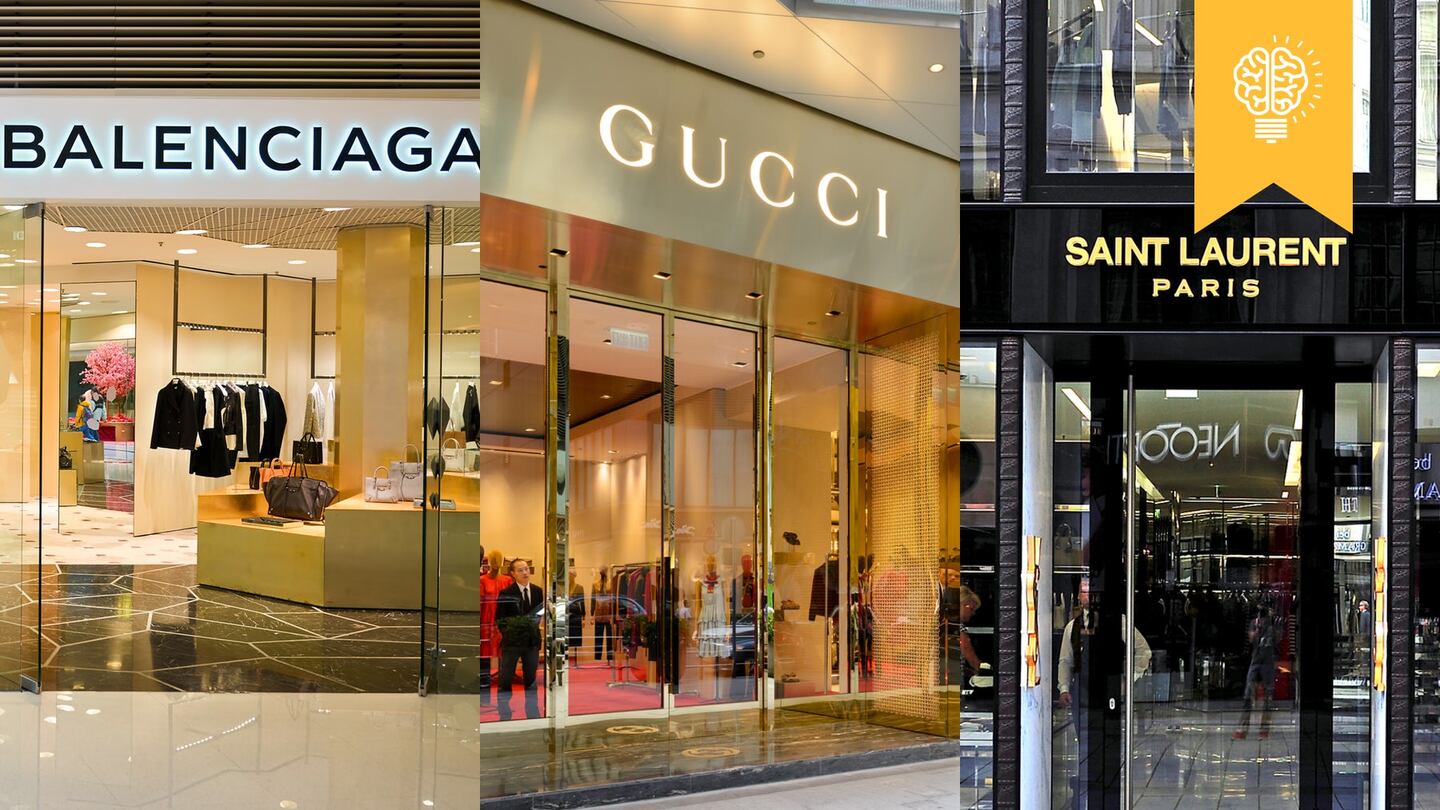
The Business of Fashion
Agenda-setting intelligence, analysis and advice for the global fashion community.

Agenda-setting intelligence, analysis and advice for the global fashion community.

GENEVA, Switzerland — Kering has been enjoying a very strong run. Its cash cow Gucci, ailing just three years ago, has become a stellar performer alongside Saint Laurent. Likewise, the small but white-hot Balenciaga is showing terrific promise. Of course, Bottega Veneta is still in the doldrums, and Brioni and the group's hard luxury brands are still little more than side shows.
The recent divestment of Puma has sharpened Kering's focus on luxury goods while the sale of its 50 percent stake in Stella McCartney has brought a cash injection, increasing financial leverage headroom to finance future developments. The question now is: what's next?
Should Kering sort out its brands where things still aren’t quite right, such as Brioni? Go for an all-out blast to create a third blockbuster — Balenciaga, perhaps — alongside Gucci and Saint Laurent? Or plug gaps in its portfolio to balance its soft-luxury skew?
Kering certainly has a best-in-class record for developing smaller brands and it was not so long ago that these were collectively the biggest contributors to growth. Bottega Veneta may be faltering now, but for many years it was a landmark example of value creation. In this particular case, it’s probably time to consider changes in leadership to get Bottega Veneta moving again. But such moves in isolation won’t provide a sufficient platform for group-level growth.
ADVERTISEMENT
A make-or-break, all-in approach has its risks and failure can be ugly and very costly.
Recently, the market has heard much about Saint Laurent’s aim to become a €3 billion brand. That’s a very ambitious target — though €2 billion is well within its sights. Saint Laurent certainly stands out as one of Kering’s major successes. But a make-or-break, all-in approach has its risks and failure can be ugly and very costly. We cannot reasonably expect this method to work every time on each and every brand — even assuming that was considered desirable, which is questionable. Nor can it be applied repeatedly to the same brand without risk of brand dilution.
Meanwhile, Gucci has been powering ahead under Marco Bizzarri, aided by Alessandro Michele on the creative side and Jacopo Venturini as head of merchandising. Together they have updated the brand's aesthetics for a younger generation, revamped the commercial strategy and rebooted the brand's internal organisation, while at the same time minimising the P&L ricochet of such a massive overhaul. The stellar results are there for all to see.
Marco Bizzarri now faces the task of maintaining this momentum while avoiding the trap of brand trivialisation. This is a risk that cannot be ignored. Gucci remains very tied to the wholesale channel, factory outlets and the grey market — far more so than Louis Vuitton, which, according to recent media reports, Kering believes Gucci could one day overtake. Getting there without diluting the all-important perception of exclusivity really would be a feat. The paradox of luxury is that brands can become victims of their own success as perceived exclusivity and sales growth move in opposite directions. Gucci has been there before.
But for Kering, meaningful group-level growth will likely require more than developing its existing brands. This is especially the case if it wants to plug gaps in its portfolio or develop in a new direction to provide the kind of balance that only LVMH currently has.
Brands can become victims of their own success as perceived exclusivity and sales growth move in opposite directions.
Kering has a beachhead in hard luxury with some fabulous brands. At some point, the company will have to take a decision: to carry on as things are, try to build these brands organically, acquire additional brands or go for a big, spectacular move in an attempt to become a hard luxury powerhouse, such as a merger with Richemont. Each route brings its own risks.
So where does that leave us? Much still depends on Gucci, which may be thriving on its new streetwear aesthetic but could face a slowing cycle sooner rather than later. Much also depends on Chinese millennials, the most important drivers of growth in soft luxury at the moment. They buy a lot, but they also tire of brands rapidly. This creates an even greater newness imperative, which can put pressure on a brand like Gucci, whose image is tied to one creative direction.
This risk is compounded by the fact that the Chinese market is currently riding the wave of peak consumer sentiment. The sentiment wave could break if US president Trump continues to put pressure on China, in which case we could see companies whose share prices are more exposed to market risks, such as Kering, give way to others with a traditionally more defensive reputation.
Kering certainly has plenty of momentum behind it, but without tangible developments to maintain this momentum, we could see investors beginning to look elsewhere.
ADVERTISEMENT
Luca Solca is the head of luxury goods at BNP Exane Paribas.
Related Articles:
[ Kering and Richemont: Why a Mega-Merger Makes SenseOpens in new window ]
The sharp fall in the yen, combined with a number of premium brands not adjusting their prices to reflect the change, has created a rare opportunity to grab luxe goods at a discount.
Fashion’s presence at Milan Design Week grew even bigger this year. Savvy activations by brands including Hermès, Gucci, Bottega Veneta, Loewe and Prada showed how Salone has become a ‘critical petri dish for dalliances between design and fashion,’ Dan Thawley reports.
The Hood By Air co-founder’s ready-to-wear capsule for the Paris-based perfume and fashion house will be timed to coincide with the Met Gala in New York.
Revenues fell on a reported basis, confirming sector-wide fears that luxury demand would continue to slow.